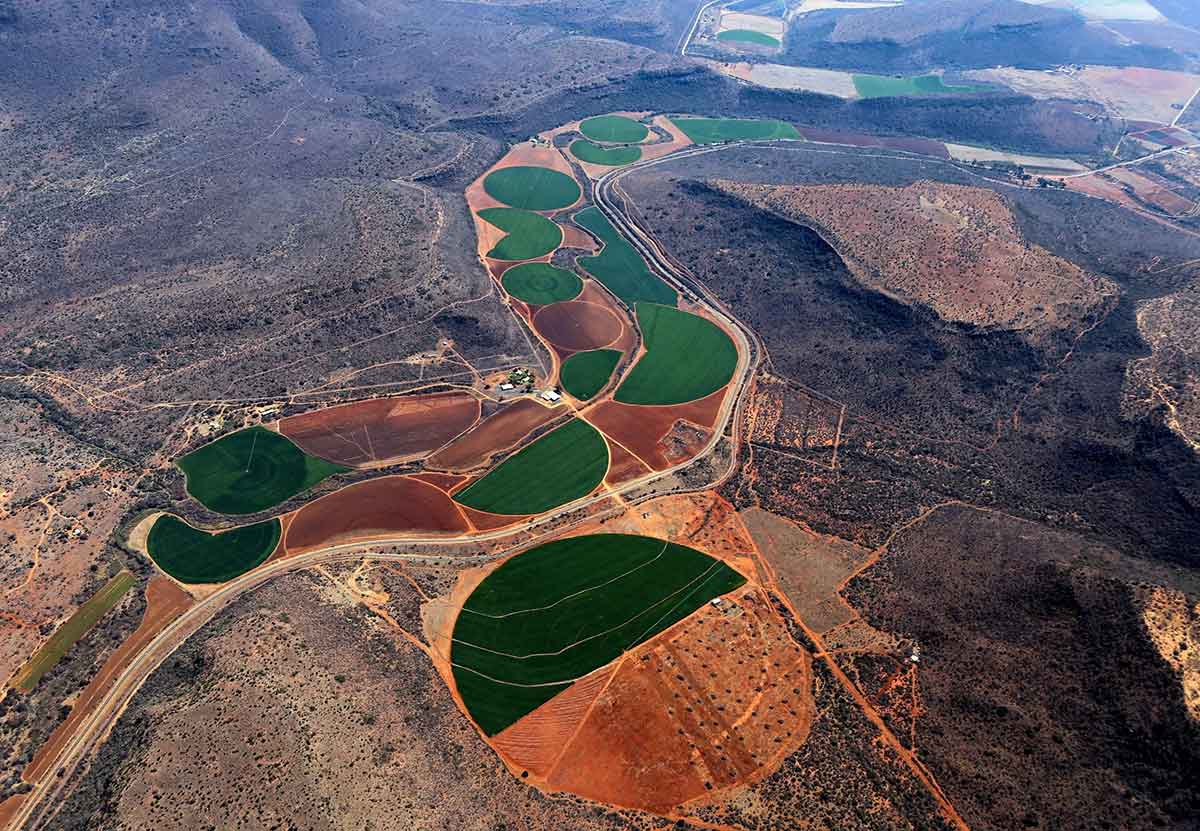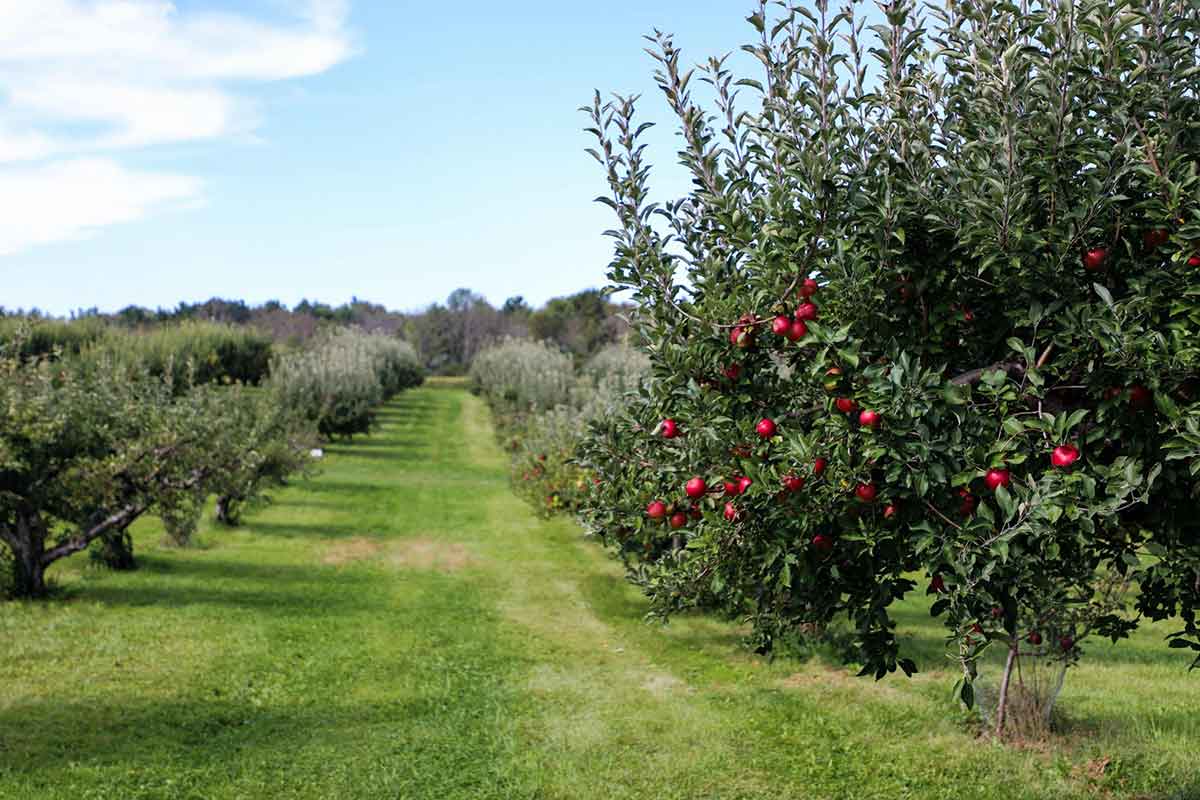We seem to get at least one drought warning every year now, with this year’s dry Summer many food crops would have been negatively affected. Farming and growing fruit or vegetables requires water to continue through the dry summer months. However, there are multiple solutions to this problem that don’t need to be costly.
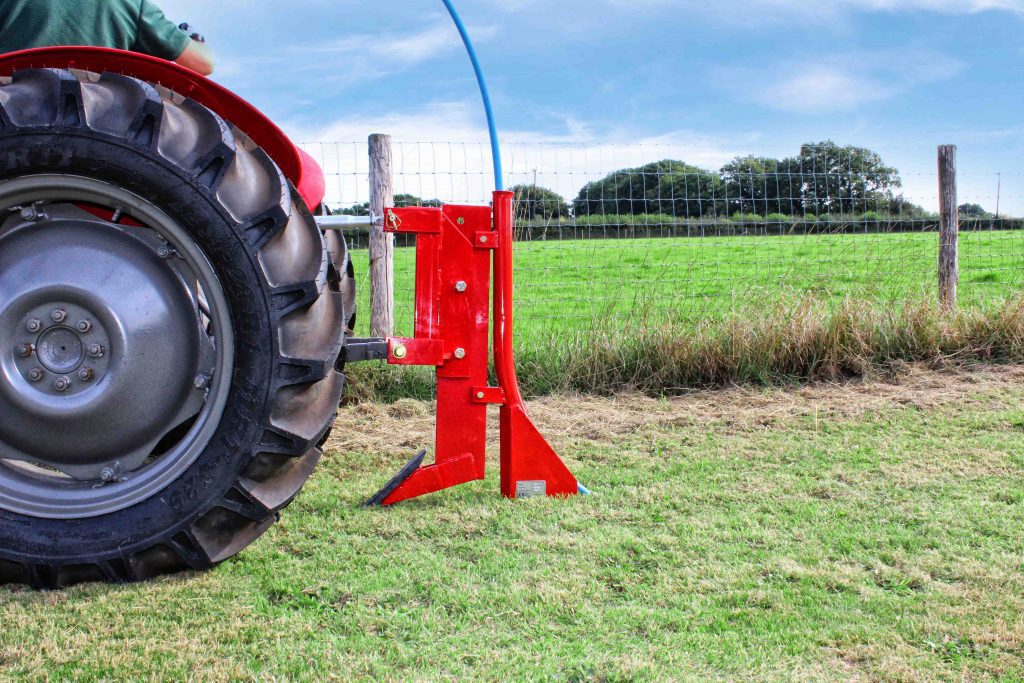
Irrigation and Storing Water
When done properly, irrigation can increase the efficiency of your water usage tenfold. Drip irrigation is one method. This delivers the water directly to the roots, meaning that far less of the water will evaporate, compared to spray systems. A perfect attachment for laying the piping to achieve this is the Winton Ripper and Pipe Layer, because it can set the pipe up to two feet underground, without incurring the cost of a digger, or tearing up the ground.
Once you have your irrigation pipes in, it is vital to schedule your watering. If you water at cooler times of day, less water will be lost to the heat. Carefully monitoring the weather forecast can prevent you from under- or over-watering and wasting water or losing crops that way. Keeping a close eye on your crops’ soil and plant moisture is crucial for efficiency.
On a small scale, water butts can be great for collecting and storing water to lessen your reliance on the municipal water system. One of our crafty customers even set up a double water butt watering system using their Winton Agricultural Tipping Trailer as a transporter to water trees around their acreage. However, this may not even touch the sides on a larger smallholding. Instead, you could install a larger scale one, namely a pond. A pond not only captures and stores rainwater, but can also create a fabulous habitat for wildlife, if properly managed.
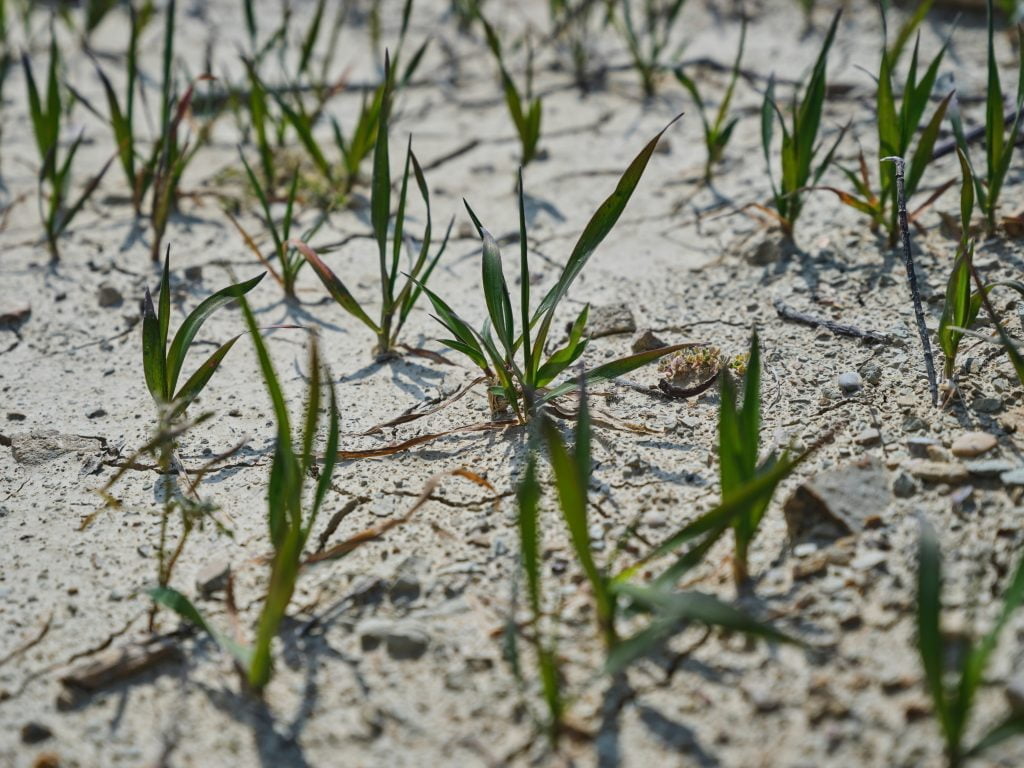
Choosing the Right Plants
In our previous blog, Take It for Planted – Heritage Orchards, we said that varieties of apple bred for a specific area have the best chance of success. This applies to all crops, so research into which varieties suit your area can be the key to increasing your yield. Some crops are suitable for dry-farming so they will be able to survive without watering.
Bare soil will dry out much faster so cover crops can help you to conserve water will also giving you an extra crop. This can be through Silvoarable Farming, as mentioned in our previous blog, Plant a Tree This Winter, with rows of fruit trees between cereal crops. However, it is also possible to plant ground cover such as clover or perennial grasses, which can be used for grazing. Cover crops can increase productivity up to 11%. On smaller areas laying wood chippings from the Winton Wood Chipper will cover the soil and reduce it drying out as quickly as bare soil.
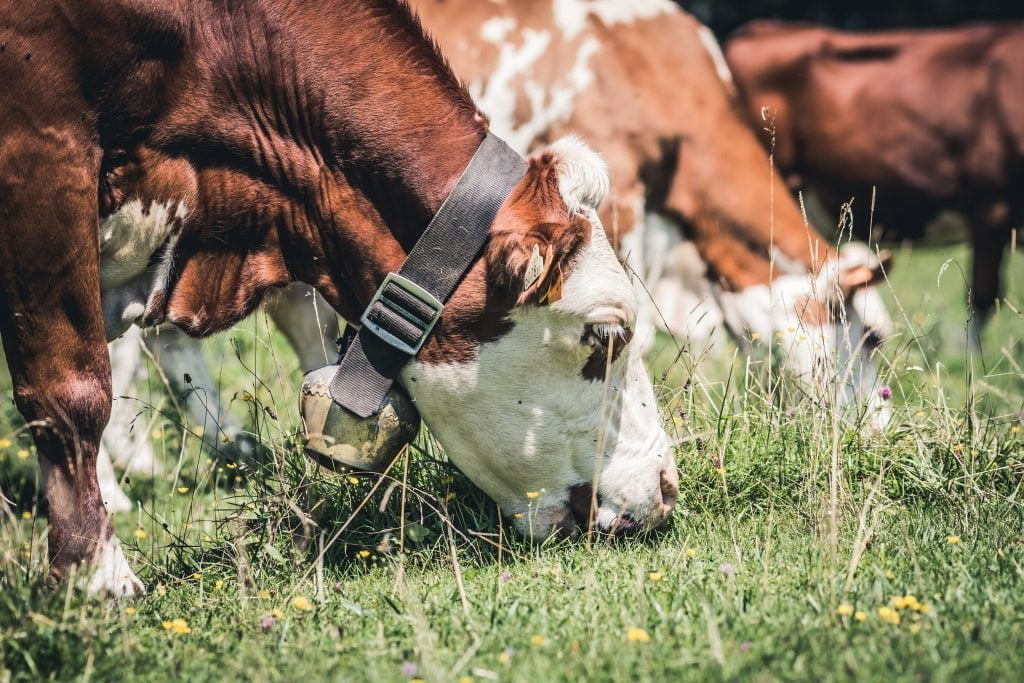
Simple Farming Techniques
Planning where your animals will graze, known as Rotational Grazing, is a tried and tested way to replenish pasture. This method can increase the land’s water absorption, as well as decreasing run-off. This can result in a more drought-resistant pasture, keeping the land and your animals in good health.
Crops can be kept healthy and moist with a good layer of mulch on top of the soil, perhaps made with one of the range of Flail Mowers available from Farm Tech Supplies, or the Winton Wood Chipper. This will increase the water absorption of the soil and decreasing evaporation. while also breaking down into organic compost to feed the soil.
Ploughing too deep and disrupting the surface flora too much can strip the soil of all its moisture. This is why Conservation Tilling may be the way to go. This method tills only the top layer of the soil but still leaves 30% of vegetation residue behind. The Deleks Single Furrow Plough is ideal for this purpose, and the Deleks Cultivator will keep the soil loose, with good drainage, while barely disturbing the vegetation.
As droughts become more common, it is important to conserve as much water as possible. With a combination of these techniques, you can use your water to the greatest benefit, and Farm Tech Supplies may have the perfect attachment to help you achieve this.

